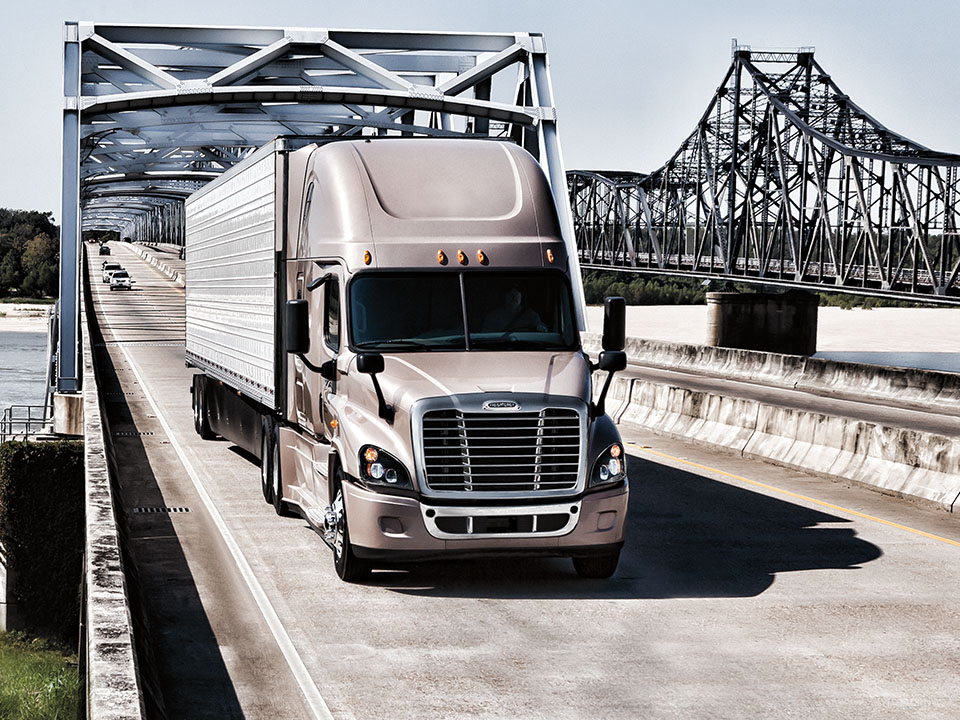When COVID-19 first hit and for quite a while after, the roads and highways became emptier than they had been in years. People were working remotely from home (no commute), stores and restaurants were either closed down or only doing curbside pickup or takeout delivery.
Logically, this should have led to a significant drop in traffic accidents. Instead, it had the opposite effect. A CNN report from June of last year reported that approximately 36, 680 people died in vehicle crashes, the highest number since 2007. The empty roads seemed to encourage reckless driving, from excessive speeding to dangerous lane changes to distracted driving and more. Although substance abuse was a cause in a number of these, it wasn’t the main reason. It just seemed as though people suddenly decided the road was theirs and they were going to exploit it. And once more people started driving as the vaccine made traveling more possible, the situation only got worse.
Truck drivers need to be more cautious than ever
Most of these accidents involved either single vehicle crashes or multiple vehicle crashes. And most were caused by car drivers…not commercial truck drivers. A University of Michigan Transportation Research Institute study found that car drivers were responsible for car-truck accidents 80 percent of the time vs. 27 percent for truck drivers.
We’ve all seen situations where a driver weaves in and out of lanes, barely leaving enough room for a regular mid-sized car to break without making contact. What these reckless drivers don’t seem to comprehend is the amount of feet it takes for a fully loaded 18-wheeler to stop. A truck of that size, travelling at 60 miles per hour needs about 335 feet to fully stop. That’s longer than a football field and drivers don’t have the luxury of that distance when having to slam on the brakes because a reckless driver pulled in front of them with only inches to spare.
Our industry puts an enormous amount of emphasis on safety. It’s why we see more fleets putting advanced driver assistance systems (ADAS) in their vehicles and why they are constantly training and reinforcing safety training with our drivers. Carriers are highly supportive of this new technology, but convincing drivers, especially older drivers, of the value to themselves and the company can be a bit of a hard sell.
The pain of nuclear verdicts
As much as the pandemic has caused people to celebrate the drivers that have been delivering goods to market; as much as they appreciate their willingness to work during a pandemic, when it comes to big truck accidents, juries end up blaming the truck…even when the driver and the vehicle are not to blame.
All of this has led to a rise in nuclear verdicts (jury awards that exceed $10 million). This has led to a massive increase in insurance premiums which directly cuts into the bottom line for fleets. One such verdict cited in a 2021 CNBC article occurred in 2014 in Texas. “During a winter storm, the driver of a pickup truck lost control and crossed the median, striking a tractor-trailer head-on. The accident killed a 7-year-old family member and seriously injured three others. The family successfully sued and was awarded $90 million.” Although the case is currently under appeal, what was the commercial driver supposed to do?
According to Dan Murray, Senior Vice President of the American Transportation Research Institute, fleets face a situation where even though the driver (or vehicle) may be identified as 10 percent to 15 percent negligent, they still face 100% of the liabilities. As premiums increase, smaller fleets need to consider options. Carry less insurance (not a good idea)? Reduce their fleet size (also not a good idea). The silver lining is that some states are looking at tort reform to limit the fleet vehicle’s liability.
Until then and until reckless driving calms down (fingers crossed that will be sooner rather than later), truck drivers will have to be super-aware of all the vehicles around them and fleets will need to look closer at safety-based technology.





